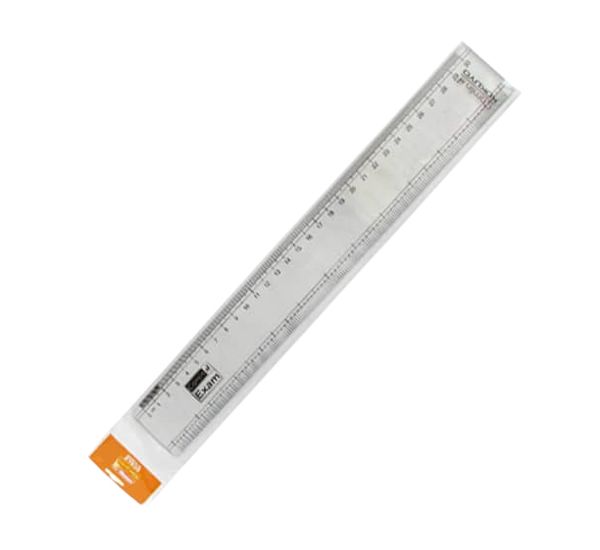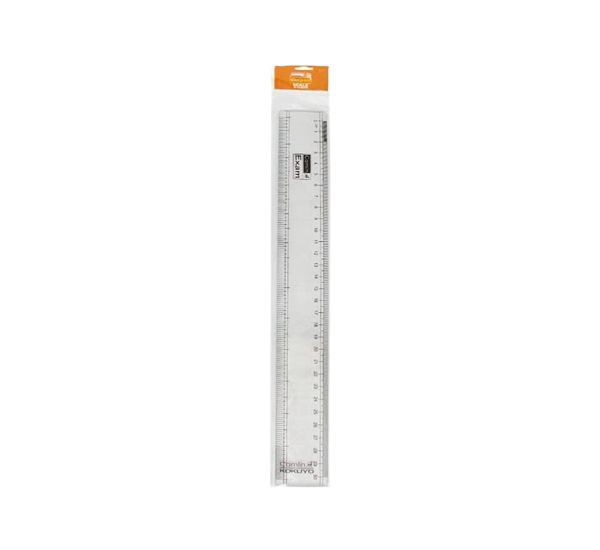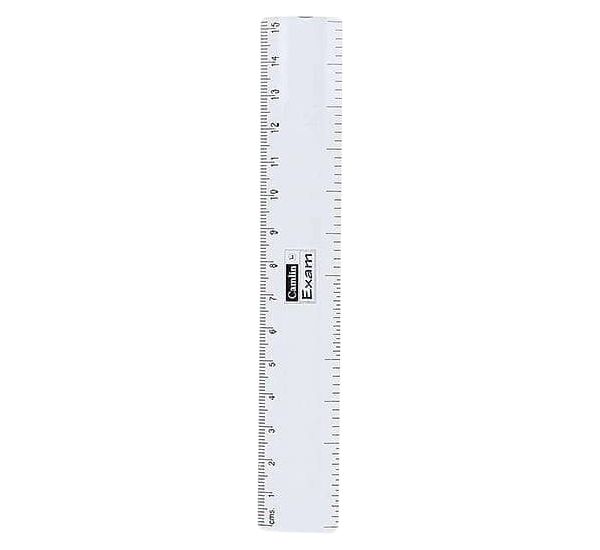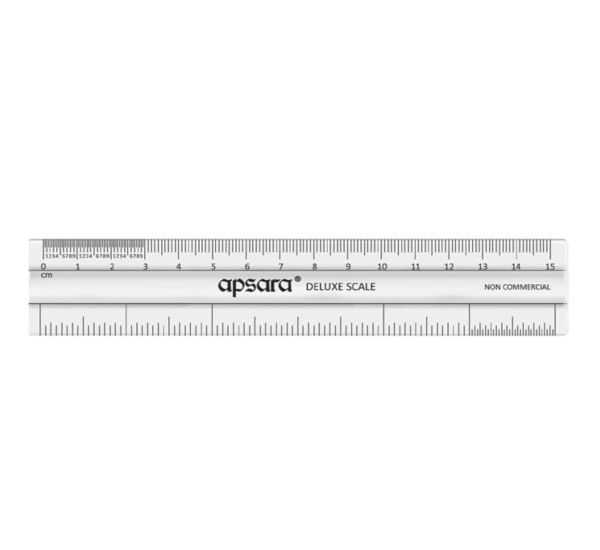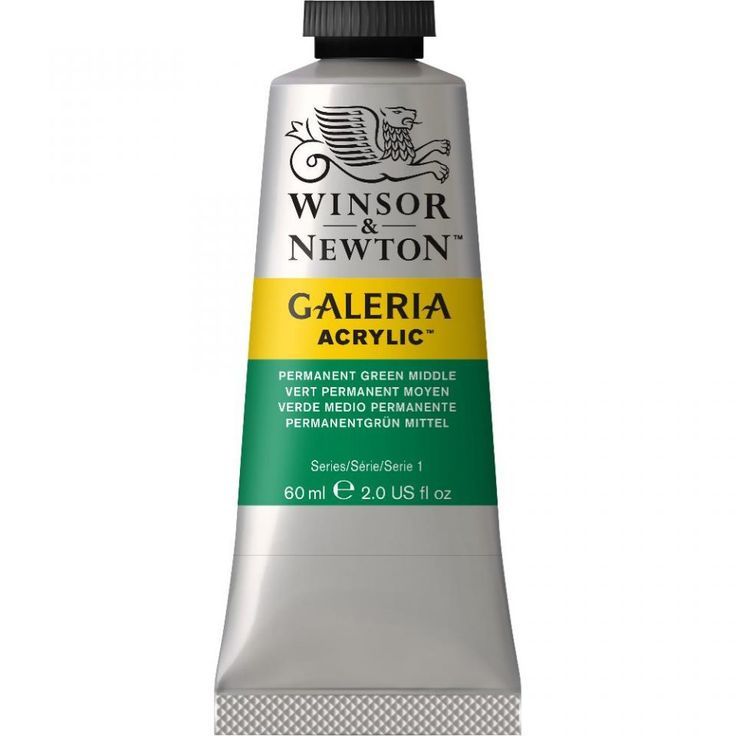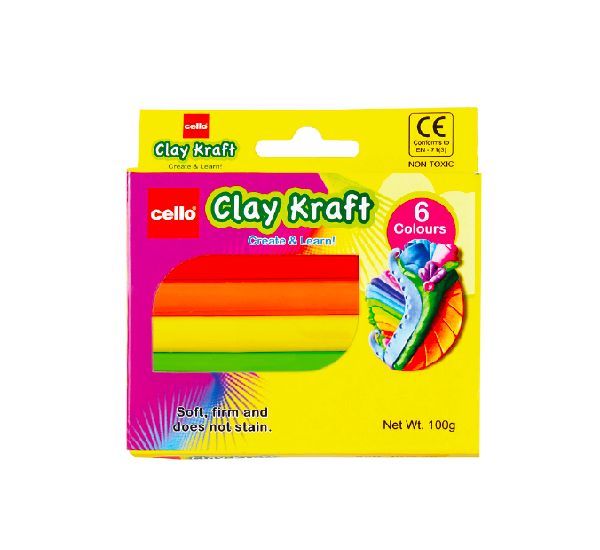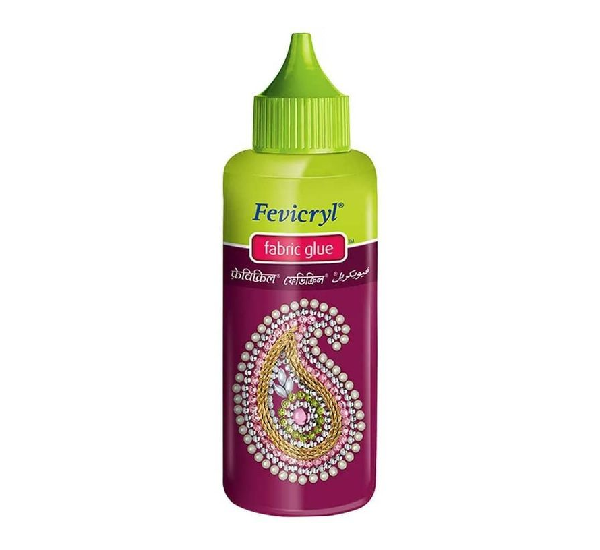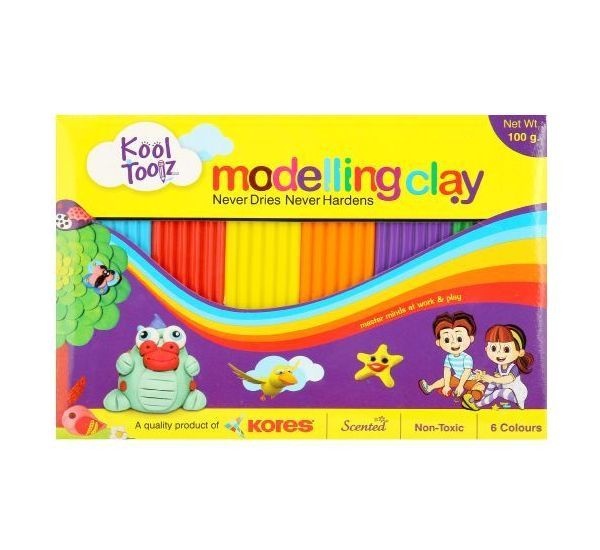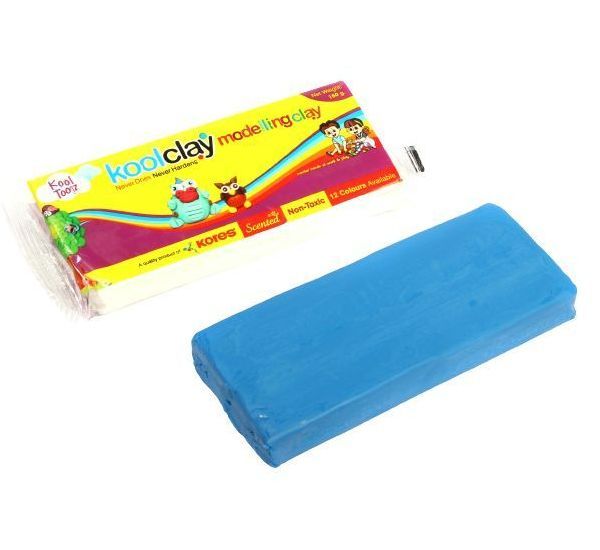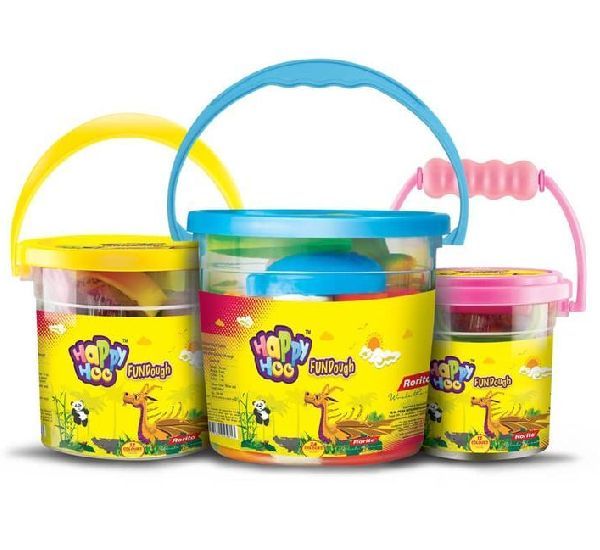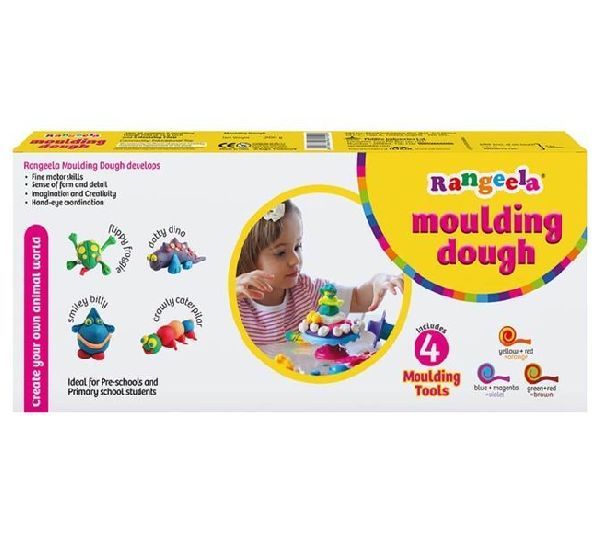Winsor & Newton Galeria Acrylic Colour Permanent Green Middle 60 ML
-
Permanent Green is a strong mid-range green colour.
-
A mixed pigment colour, it is extremely lightfast and permanent.
- Description
- Size Guide
- Additional information
Description
- Colour Number: 484
- Permanence: A
- Permanence: Permanent
- Lightfastness Code: II
- Lightfastness: Very Good
- Opacity: Semi-Transparent
- Series: 1
- Pigment Codes: PG7 . PW6 . PY3
- Quantity: 60 ML
- Pack Of: 1 pcs acrylic colour in a pack.
- Country Of Origin: France
- Imported By: Platinum Painting Essentials & Trading Private Limited, Arihant Commercial Complex, 1st Floor, Building No 40, Purna, Bhiwandi, Maharashtra 421302.
Frequently Asked Questions
This color contains the following pigments:
PG7-Phthalo Green
PW6-Titanium White
PY3-Hansa Yellow 10G
PG7-Phthalo Green
PW6-Titanium White
PY3-Hansa Yellow 10G
Organic
Inorganic
Organic, Monoazo
Phthalo Green is a transparent, cool, bright, high-intensity color used in oil and acrylics. It comes from a Phthalocyanine Blue pigment where most of the hydrogen atoms have been replaced with chlorine, forming highly stable molecules. It has similar pigment properties and permanence to Phthalo Blue. It is slow drying and an excellent base color for mixing a range of bright greens. Phthalo Green is considered a very good alternative to Viridian because it is intense and mixes well and can be used to emphasize mineral colors in various tints. However, its tinting strength is very high, so it can overpower other colors. This pigment most closely resembles the discontinued and toxic Verdigris.
Titanium White is the most brilliant of the white pigments. It is considered an all purpose oil color useful in all techniques and the best all-around white. Its masstone is neither warm nor cool, placing it somewhere between Lead White and Zinc White. It is less prone to cracking and yellowing than Lead White, but it still yellows easily. Titanium White dries slowly in oil form, more slowly than Lead White but more quickly than Zinc White. It is opaque in oil and acrylic forms and semi-opaque in watercolor form. This pigment has good chemical stability, and its tinting strength is superior to both Lead White and Zinc White.
This Hansa yellow is a transparent yellow. It has great brightness and tinting strength and its drying time ranges from average to slow. Hansa Yellow makes more intense tints and cleaner secondaries than Cadmium Yellows, especially when mixed with other organic or modern colors like Phthalo Blue and Green. Because they are more transparent, they have great value as glazing colors.
Phthalo Greens are completely lightfast and resistant to alkali, acids, solvents, heat, and ultraviolet radiation. They are currently used in inks, coatings, and many plastics due to their stability and are considered a standard pigment in printing ink and the packaging industry.
Titanium White has excellent permanence and lightfastness.
This Hansa Yellow has fair to good permanence, particularly in the lighter shades.
Phthalo Green has no significant hazards, but it contained PCBs (polychlorinated biphenyls) until 1982.
Titanium dioxide is highly stable and is regarded as completely non-toxic. Animal studies give no indication that it is absorbed biologically, even after long periods of exposure. The primary safety concern is with the inhalation of fine pigment dust particles.
Hansa Yellow has no significant acute hazards, though its chronic hazards have not been well studied.
This bright blue-green was developed in 1935 and has been in use since 1938.
Titanium is the ninth most abundant element in the Earth’s crust, however, mineral deposits that are economical to mine are less common. Titanium dioxide was first discovered in 1821, although it could not be mass-produced until 1919. Widespread use of the pigment began in 1940. Since that time, it has become the most commonly used white pigment. The name comes from the Latin word Titan, the name for the elder brother of Kronos and ancestor of the Titans, and from the Greek word tito, meaning day or sun.
Hansa Yellows were first made in Germany just before WW1 from a series of synthetic dyestuffs called Pigment Yellow. They were intended to be a synthetic replacement for Cadmium Yellow.

| size | chest(in.) | waist(in.) | hips(in.) |
|---|---|---|---|
| XS | 34-36 | 27-29 | 34.5-36.5 |
| S | 36-38 | 29-31 | 36.5-38.5 |
| M | 38-40 | 31-33 | 38.5-40.5 |
| L | 40-42 | 33-36 | 40.5-43.5 |
| XL | 42-45 | 36-40 | 43.5-47.5 |
| XXL | 45-48 | 40-44 | 47.5-51.5 |
Additional information
| Weight | 0.60 kg |
|---|---|
| Dimensions | 3 × 4.7 × 11.6 cm |

